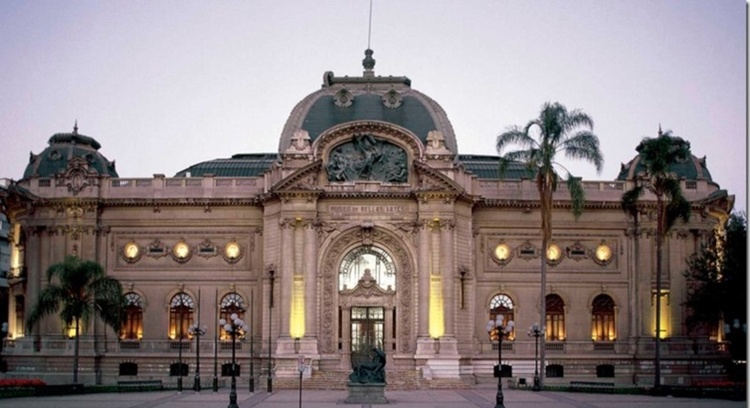
History of the visual arts in Chile
The history of visual arts in Chile is an amalgamation of indigenous traditions, colonial influences and contemporary expressions. Here I present a summary of the main moments and characteristics:
1. **Pre-Columbian art:** Before the arrival of the Spanish, the Chilean territory was inhabited by various indigenous cultures, such as the Mapuches, the Atacameños, the Diaguitas and the Changos, among others. These cultures produced a variety of art, including ceramics, textiles, cave paintings, and ceremonial artifacts. The cave paintings found in different regions of Chile stand out, showing the cultural richness and connection with nature of the original populations.
2. **Spanish colonization:** With the arrival of the Spanish colonizers in the 16th century, European artistic influences were introduced, especially in the religious field. A school of colonial painting developed, although of less prominence than in other Latin American countries. Some religious works in colonial churches and convents stand out, such as the Church of San Francisco in Santiago.
3. **19th century:** During the 19th century, academicism and realism predominated in Chilean art, with artists such as Juan Francisco González and Cosme San Martín. The representations of daily life, landscapes, portraits and historical scenes stood out, especially related to the independence of Chile and the construction of national identity.
4. **20th century - Avant-garde and modernism:** In the first half of the 20th century, avant-garde and modernist movements emerged in Chilean art, influenced by European and Latin American currents. Artists such as Roberto Matta, Nemesio Antúnez, Roser Bru and Claudio Bravo stand out, who explored new forms of expression and social and political themes.
5. **Contemporaneity:** Today, the Chilean art scene is diverse and vibrant, with artists working in a variety of mediums and styles, from painting and sculpture to conceptual art, installation and urban art . Contemporary artists such as Alfredo Jaar, Cecilia Vicuña, Jorge Tacla and Guillermo Núñez stand out, who address topics such as historical memory, cultural identity, globalization and the environment.
In summary, the history of the visual arts in Chile reflects the cultural diversity, artistic evolution and global influences that have marked the development of art in the country over the centuries.
latamarte
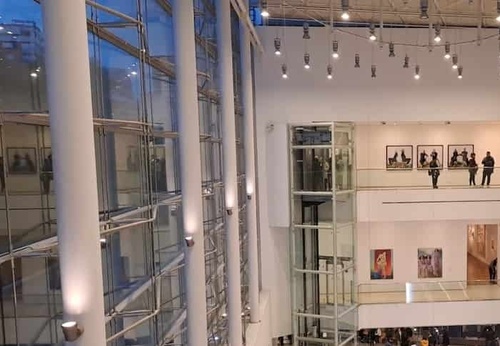
- July 14, 2025
An exhibition that says nothing

- July 14, 2025
Visual Techniques in Advertising Photography

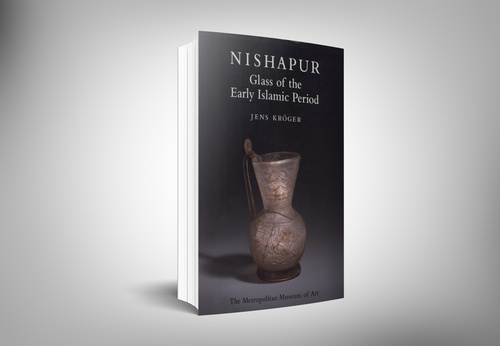
- July 14, 2025
Nishapur: Glass of the Early Islamic Period
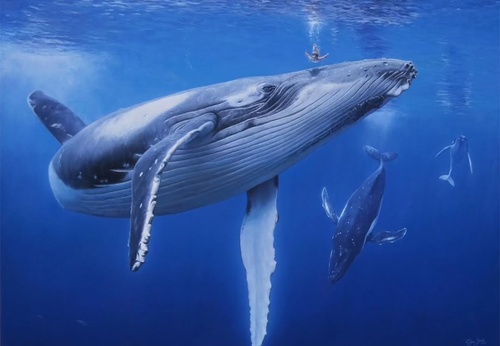
- July 14, 2025
Gallery Of Painting By René Luis Pons López - Cuba
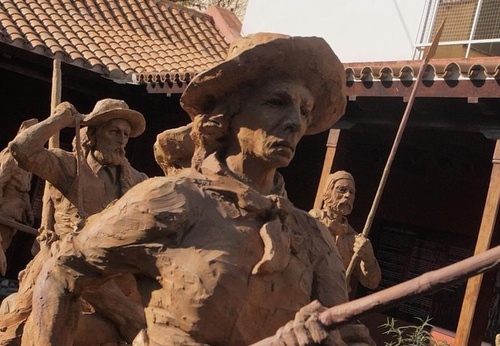
- July 14, 2025
Gallery Of Sculpture By Carlos Benavidez - Argentina
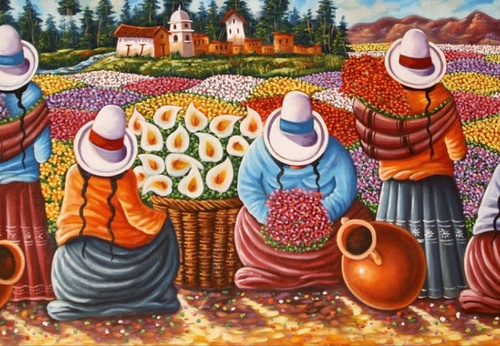
- July 13, 2025
Latin American painting
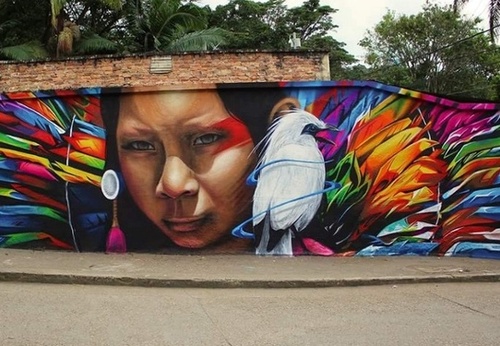
- July 13, 2025
Culture, art and music in Colombia
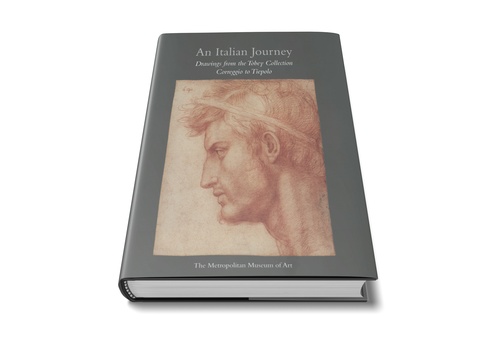

- July 14, 2025
Visual Techniques in Advertising Photog…

- July 14, 2025
Graphic Design and the Creation of Icon…

- July 13, 2025
Latin American painting

- July 13, 2025
Culture, art and music in Colombia

- July 10, 2025
The Evolution of Graphic Design from Ty…

- July 10, 2025
How Digital Artists Collaborate with Ar…

- July 09, 2025
The Value of Art in Education

- July 09, 2025
Art as a Reflection of Society

- July 08, 2025
The history of Bolivian art

- July 08, 2025
Protecting Art in the Age of Artificial…

- July 04, 2025
Graphic Design and Creating Iconic Bran…

- July 04, 2025
Photography as a Tool for Telling Histo…

- July 03, 2025
Painting and abstract art: differences …

- July 02, 2025
The Best Software for Digital Art and G…

- July 01, 2025
How Digital Artists Collaborate with Ar…

- July 01, 2025
Reflections of Digital Art in Different…

- June 30, 2025
Crítica de Obras Artísticas Criadas por…

- June 30, 2025
What are Plastic Arts?

- June 30, 2025
Images Against Silence: Artists Who Cha…

- June 29, 2025
History of Art Photography in the 20th …

- August 29, 2023
The history of Bolivian art

- February 19, 2024
Analysis and meaning of Van Gogh's Star…

- January 28, 2024
Culture and Art in Argentina

- September 25, 2023
What is the importance of art in human …

- September 23, 2023
What is paint?

- August 10, 2023
14 questions and answers about the art …

- August 30, 2023
First artistic manifestations

- August 23, 2023
The 11 types of art and their meanings

- September 23, 2023
Painting characteristics

- January 12, 2024
10 most beautiful statues and sculpture…

- September 23, 2023
History of painting

- August 16, 2023
The 15 greatest painters in art history

- April 06, 2024
History of visual arts in Ecuador

- March 26, 2024
The importance of technology in art1

- January 31, 2024
Examples of Street Art – Urban Art

- April 07, 2024
Graffiti in Latin American culture

- March 26, 2024
Cultural identity and its impact on art…

- January 20, 2024
What is the relationship between art an…

- October 21, 2023
Contemporary art after the Second World…

- August 25, 2024
A Comprehensive Analysis of the Cartoon…

- February 19, 2024
Analysis and meaning of Van Gogh's Star…

- August 13, 2023
9 Latino painters and their great contr…

- August 10, 2023
14 questions and answers about the art …

- August 29, 2023
The history of Bolivian art

- January 28, 2024
Culture and Art in Argentina

- August 23, 2023
The 11 types of art and their meanings

- November 06, 2023
5 Latin American artists and their works

- August 27, 2023
15 main works of Van Gogh

- September 23, 2023
Painting characteristics

- September 23, 2023
What is paint?

- September 25, 2023
What is the importance of art in human …

- December 18, 2023
10 iconic works by Oscar Niemeyer, geni…

- August 30, 2023
First artistic manifestations

- January 20, 2024
What is the relationship between art an…

- March 26, 2024
Cultural identity and its impact on art…

- January 12, 2024
10 most beautiful statues and sculpture…

- October 30, 2023
Characteristics of Contemporary Art

- August 22, 2023
What are Plastic Arts?

- April 16, 2024
The most important painters of Latin Am…

- August 24, 2023


